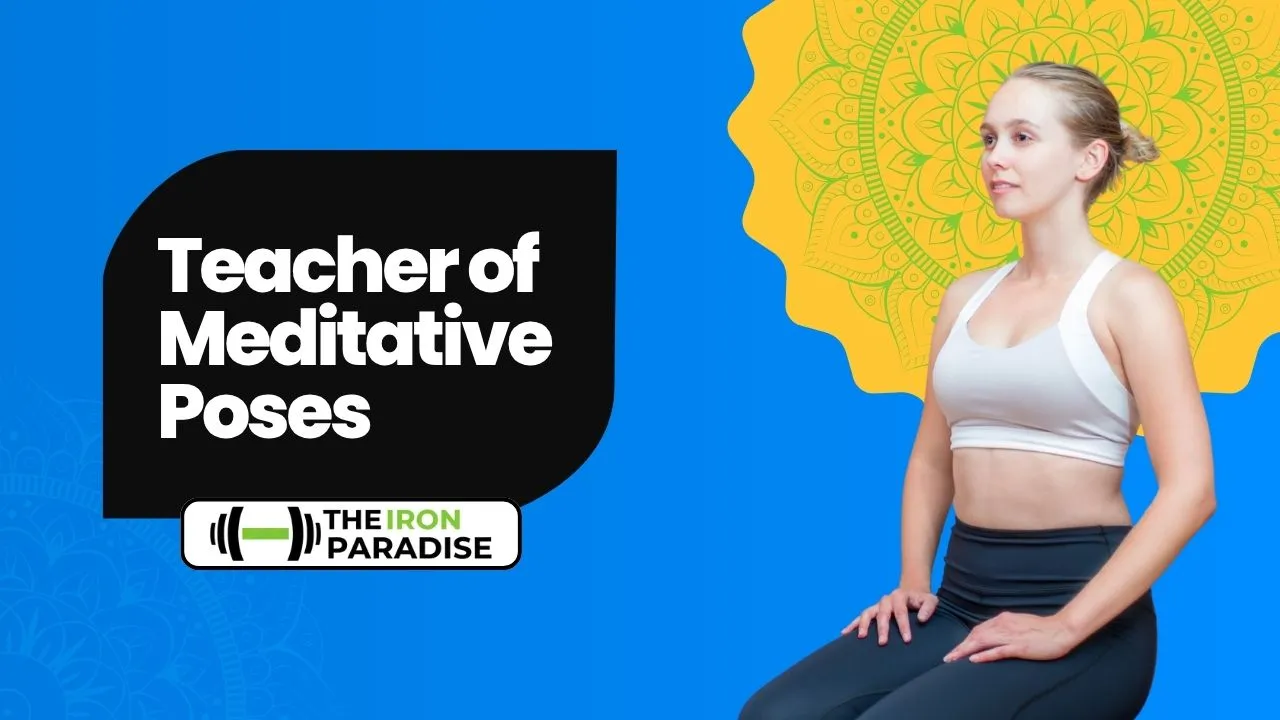
You might have seen the staggering pictures of ice precious stones that showed up from Maseru Emoto's examination in the Diary of Logical Investigation, where he exhibited the impact of sound and mantras on water. At the point when water presented to the sound of meditation mantras for beginners and positive considerations was frozen, minute pictures of the ice gems showed lovely united designs while water presented to negative words like 'you disdain me' or 'nitwit' made designs that were more scattered. While established researchers isn't all ayes on the examination, there is a fractional agreement: Various sounds influence water and — in light of the fact that our cells are comprised of for the most part water — people, plants, and creatures.
Indeed, even without research, we know from our own encounters that specific sounds can move us into feeling explicit feelings. For instance, the snicker of a child or expressions of recognition can deliver a lovely perspective. Likewise, a wild creature while climbing in the forest or contemptuous words tossed at us by an outsider can deliver dread and disrupted feelings.
What are mantras?

In the realm of language and sounds, meditation mantras for beginners— which have been around forever — are strong sound vibrations that resonate in human awareness.
Sound is energy, and that implies it is basically without a start or end. At the point when a mantra is chantd, it takes advantage of this everlasting nature of our cognizance. chanting mantras mitigates our sensory system, diminishes the psychological pressure, and delivers a quiet negligent state, where the brain is broken up in the limitlessness of the current second.
"Mantras are motivations or rhythms of cognizance," says Bhanumathi Narasimhan, a contemplation pioneer and a global reflection instructor with The Specialty of Living who has gone all over the planet showing contemplation and the force of chanting to millions across the globe. "They (mantras)create vibrations in the soul. Their belongings, impact, technique and method of working are every one of the a secret."
Three Types of Mantras
Mantras are basically of three kinds: Kirtan or bhajan, chanting, and japa. And list of mantras for meditation.
Worldwide profound educator and Craft of Residing pioneer, Gurudev Sri Ravi Shankar makes sense of, "When we serenade mantras noisily and all together, it is called kirtana (or bhajan where bhaj means to share — sharing the one awareness). At the point when we discuss in a typical or medium tone of the voice, then it is called chanting. What's more, when you recount discreetly or gradually in the brain, then that is called japa."
The mantra is equivalent to a seed. Very much like a seed holds the possibility to be a completely developed tree, a mantra is said to contain in itself every one of the potential outcomes of this creation. Certain meditation mantras for beginners, for example, the Beej Mantras or seed mantras are polished in the seed structure without being expressed. Different mantras are completely communicated like the Gayatri Mantra.
Healing Mantras
Every mantra summons specific energy in our cognizance. There are explicit mantra meditation benefits that produce mending for explicit pieces of the body and manifest wanted characteristics in our cognizance.
Om Namah Shivaya
Om Namah Shivay is known as the maha mantra or the incredible serenade since it incorporates every one of the five components — earth, water, fire, air, and ether. Om envelops everything. Na is the earth component, Mah is the water component, Shi the fire component, Va the air component and Ya is the sky component. As indicated by Vedic and celestial specialists, when Om Namah Shivay is chantd multiple times, it invalidates every one of the 108 impacts that happen as the 9 planets travel through 12 significant Nakshatras, or lunar heavenly bodies.
Components of chanting
chanting includes redundancy of antiquated astronomical sounds that stir those particular characteristics in our cognizance. A few fascinating components of chanting incorporate
chanting of Sanskrit Shlokas or refrains breathe new live into inconspicuous energy communities. Here, every Sanskrit word and syllable conveys a specific energy vibration.
At the point when we serenade in gatherings, we experience the unity of the awareness. Here, all singular personalities converge into unity.
In addition to our brains, chanting likewise blends generally our tangible encounters into a higher cognizant state, and we wind up feeling stimulated.
chanting should be possible whenever and in any spot, however there is sure adoration that is requested of the person who drones.
The impact of chanting is that it refines the vibrations of a spot and ingrains inspiration there.
When can you chant?
Om Namah Shivay can be chantd multiple times any time, ideally before feasts, two times per day and no more.
chanting Om
Om is accepted to be the general cognizance. chanting Om adjusts our little individual psyche to the greater brain (the general cognizance), giving way for more agreement in our life. chanting Om, makes positive reviving vibrations all through our body, and raises prana — life force. More energy converts into better associations with ourselves, more mental lucidity, and more noteworthy mindfulness in our dealings with individuals and the world at large.
"Every one of the holy people previously, when they dove deep into contemplation, they just heard Om. In this way, Om implies numerous things. It implies love, forever, immaculateness, harmony. Om is comprised of a few dhatus: 'Ah' 'Oo' 'Mama'," makes sense of Sri.
Gayatri Mantra
It is accepted that we have three bodies: the gross, the unpretentious, and the causal body. Ga-ya-tri is the mantra to assist us with holding over the three sorts of wretchedness that begin fair and square of these three bodies. About the Gayatri mantra it is said, the person who sings it sails over the expanse of wretchedness.
- Om Bhur Bhuvaḥ Swaḥ
- Tat-savitur Vareñyaṃ
- Bhargo Devasya Dhīmahi
- Dhiyo Yonaḥ Prachodayāt
Mantra's meaning could be a little more obvious.
Gurudev makes sense of the embodiment of the Gayatri mantra as, "Let me absorb the Heavenly, and let the Heavenly annihilate every one of my transgressions. The Heavenly light that consumes all transgression, let me revere and absorb that Heavenly light. What's more, let the Heavenliness motivate my insight."
The meaning of the mantra is in the request for the perfect considerations to come at the ideal time, so they can be trailed by smart activity. It is accepted that when we begin carrying on with a day to day existence in arrangement with our instinct, the activities we take end up being to our greatest advantage.
How to Chant?

- Pick an agreeable spot. It is vital to pick a spot that is agreeable but brimming with worship, so your psyche is assisted by your outer climate with remaining caution yet not tense.
- Body pose. For chanting, sit in sukhasaan or simple posture. It is essential to keep your spine straight and shoulders loose while sitting for chanting. Here's the reason.
- Shut your eyes. Ensure your eyes stay shut while you serenade. This is on the grounds that when we have our eyes open to the external world, the energy created from the chanting rapidly scatters. Shutting our eyes at first in the training helps us stay internal and absorb the vibrations of the serenades.
- Face your raised area. Assuming you have a raised area where you implore, you can look that way and serenade.
- Allow the brain to meander. Permit your psyche to stray assuming that it needs to, while you serenade. This all out acknowledgment of your viewpoints and feelings right currently joined with delicate adoring consciousness of your brain will take it back to the current second throughout time.
Center your breath. To benefit from your chanting practice, you can likewise continue to take your consideration back to your breath. The act of zeroing in on your breath, brings the brain right back in the now and expands your prana or life force.
Consistency is Vital
Like with any training, mantra chanting may require a couple of days or months to bear natural products, or siddhis, yet when the cognizance has been refined to retain these strong meditation mantras for beginners, their advantages work out in both the unpretentious and more manifest domain. You start to feel more joyful, more serene, and stimulated at this point focused. This centeredness begins taking roots in our cognizance and over the long haul we get ourselves less and less annoyed by the contrary idea of occasions in our lives. Continuing to switch between mantras as a method of experiment isn't prudent. Remain with a mantra until you have rehearsed it enough number of times with complete honor, prior to moving to another one.
How are kirtan and bhajans unique in relation to chanting?
At the point when mantras are sung in a call and answer design that then turns into a kirtan or bhajan. Bhaj means to share. In this way, bhajan represents sharing of all that is heavenly. It implies meeting up and becoming one major brain, abandoning our little individual characters until further notice. Dunking into this immeasurability of awareness gives gigantic joy and positive energy; gloomy feelings give way to good ones like love and sympathy. Bhajans or kirtans are seldom about the thing is being sung yet about how or from what space we sing. This valiant demonstration of allowing our insight to sit by and watch as we sing and rehash mantras as old as creation itself, achieves a feeling of connectedness with everybody and each life structure around. "In satsang (or kirtan), both the left and right sides of the equator of the cerebrum get adjusted. The meandering brain returns to the current second and encounters a more profound aspect to life," makes sense of Sri.
Advantages of Kirtan
It liberates you from stresses. Our human sensory system is said to answer decidedly to explicit sounds and vibrations. At the point when we serenade or sing kirtans, these sound vibrations will quite often affect our body and brain. "Assuming you have any concerns, you need to leave it here; that is the standard of Satsang, you can't take your concerns back. You can go solely after you drop them here," says Sri.
Contemplation and sounds. Between each bhajan or kirtan, one encounters endlessness and tranquility. We should simply focus on these profound snapshots of quietness to encounter an easily thoughtful state.



